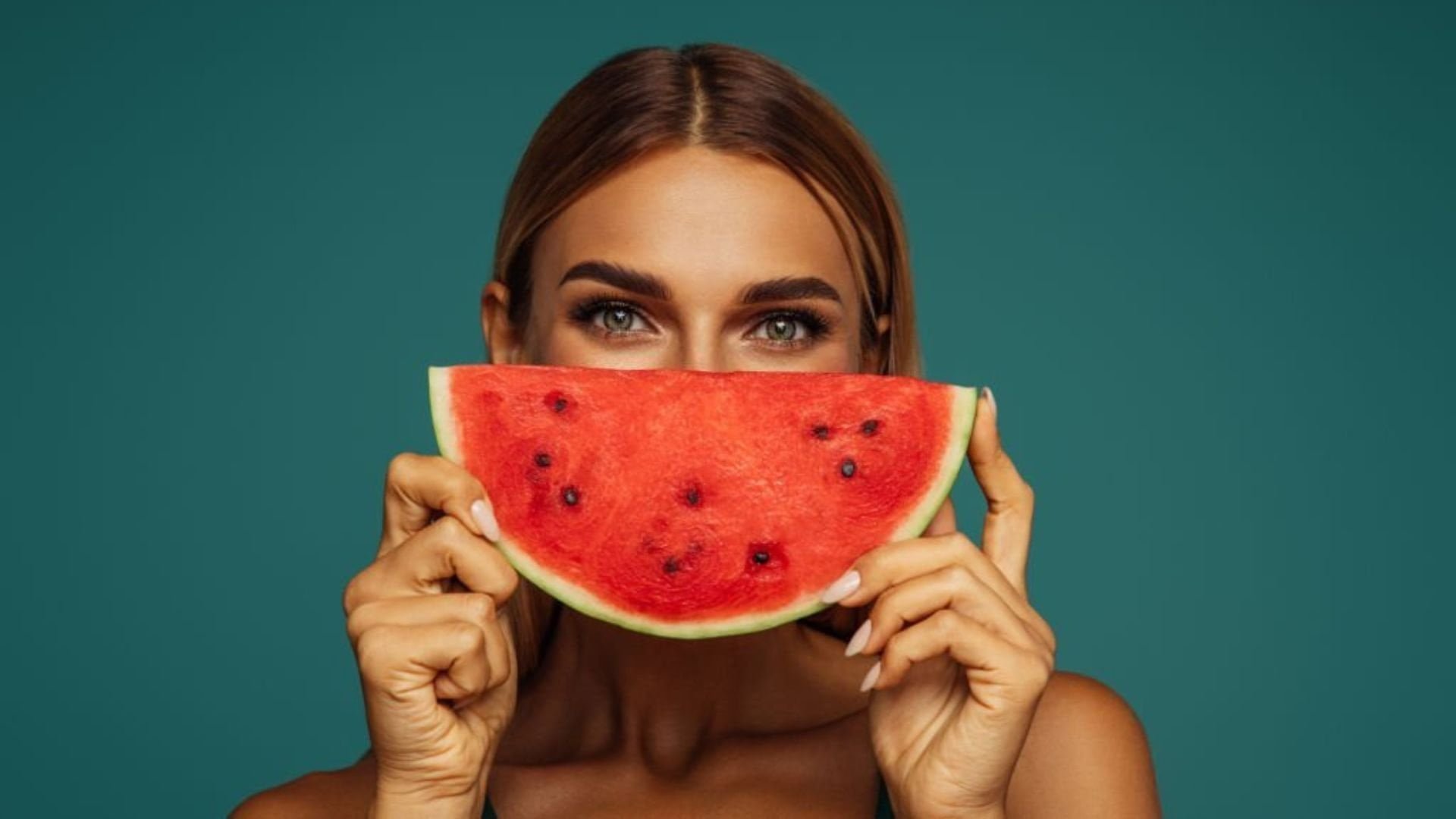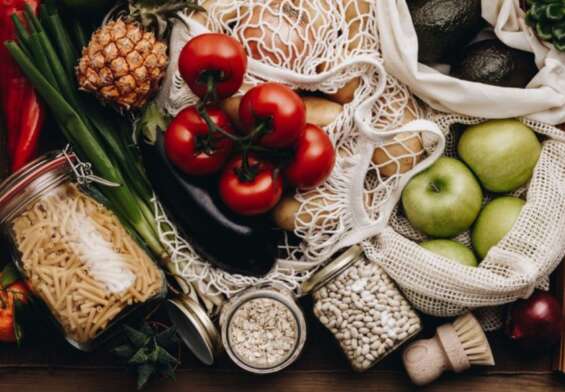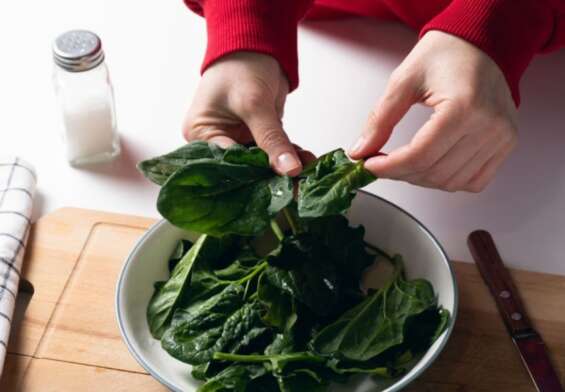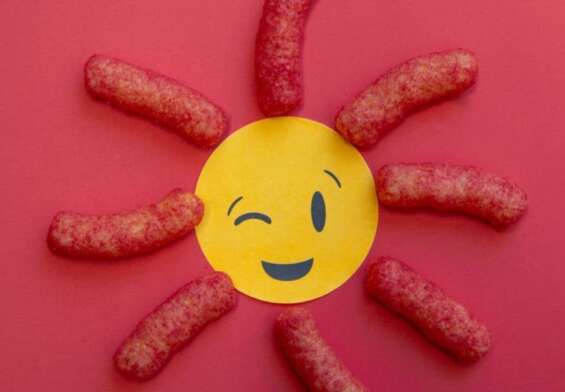
MyPlate Diet: USDA’s Dietary Guidelines for Healthy Eating
The MyPlate Diet is an eating plan that emphasizes portion control, balanced nutrition, and healthy food choices. Developed by the United States Department of Agriculture (USDA), the MyPlate Diet is designed to help individuals achieve and maintain a healthy weight through a healthy lifestyle. The MyPlate Diet encourages individuals to make healthier food choices by focusing on five food groups – fruits, vegetables, grains, proteins, and dairy. Additionally, this diet includes recommendations on how much of each food group should be eaten each day. By following the MyPlate Diet, individuals can learn how to create healthy meals and snacks that are both nutritious and delicious.
How to Use MyPlate to Create Balanced Meals
If you’re looking to create a balanced meal but don’t know where to start, don’t worry! The U.S. Department of Agriculture’s MyPlate can help. Here’s how to use it to craft the perfect meal.
First, grab a plate. If it’s especially shapely, it may make it easier to visualize the proportions of your meal. Now, take a look at the MyPlate graphic. It’s divided into four sections: fruits, vegetables, grains, and proteins.
Start by filling half of your plate with vegetables and fruits. Get creative, and have some fun with it! Try making a rainbow of colors, or mix it up with different textures.
Now, fill the other half of your plate with grains and proteins. Go for whole-wheat grains, like quinoa or brown rice. Try to make sure grains are only taking up about a quarter of your plate.
Finally, top it off with some protein. Stick to lean proteins like fish, beans, and chicken. It’s OK if you don’t get it right the first time — just take a look at the MyPlate graphic, and adjust accordingly.
Congratulations! You’ve just created a balanced meal using MyPlate. Bon appétit!
Tips for Making the Most of MyPlate for Weight Loss
- 1. Make sure you don’t Plate Your Face! Just because MyPlate is about portion control doesn’t mean you should forget about flavor. Spice things up with herbs and spices to give your meals an extra boost.
- Get creative with the colors. Use a variety of colors for your MyPlate meal and make it look like a work of art. Think about how you can combine foods with different colors and textures to make a beautiful plate.
- Make sure you don’t skimp on the protein. Protein is essential for weight loss and keeping your energy levels up. Try adding lean proteins like chicken, fish, or tofu to your plate.
- Put your veggies front and center. When it comes to weight loss, vegetables are your best friend. Fill half of your plate with a variety of non-starchy veggies and you’ll be sure to get plenty of fiber and vitamins.
- Don’t forget the carbs! Carbs are essential for energy and fuel, so don’t forget to add some to your plate. Just make sure they’re the right kind of carbs (think whole grains and legumes) and keep the portion size small.
- Add a splash of healthy fats. Healthy fats like olive oil, avocado, and nuts are important for weight loss. Just make sure you don’t overdo it, as a little goes a long way.
- Make it a meal. Don’t forget to add a beverage to your plate. Water is always the best choice, but you can also add a small glass of 100% fruit juice or unsweetened tea or coffee.
The Benefits of Eating a Diet Rich in Whole Foods
Are you looking for a way to incorporate more whole foods into your diet? Look no further! Eating a diet rich in whole foods can have some amazing benefits. Here are just a few of the benefits:
You’ll have more energy. Eating a variety of whole foods provides your body with the essential nutrients it needs to create energy. This means you won’t have to rely on those quick fixes like sugar and caffeine for a pick-me-up.
You’ll be able to focus better. Whole foods provide your brain with the nourishment and energy that it needs to stay focused. So if you find yourself getting easily distracted or having difficulty concentrating, try adding more whole foods to your diet.
Your skin will be glowing. Whole foods are packed with antioxidants which can help protect your skin from free radical damage. This can help reduce wrinkles and keep your skin looking and feeling healthy.
You’ll reduce your risk of disease. Eating a diet rich in whole foods can help reduce your risk of heart disease, diabetes, and certain types of cancer. So, not only will you be healthier, but you’ll also be helping to reduce your risk of serious illnesses.
So, what are you waiting for? Start eating more whole foods today and enjoy all the benefits it has to offer. You may just find that it’s not only healthier but also a lot more fun!
How to Incorporate More Fruits and Vegetables into Your Diet
Are you looking to get your recommended daily intake of fruits and vegetables but just don’t know how? We’ve got you covered! Here are some of our best tips for incorporating more of the good stuff into your diet:
- Get creative with smoothies. Smoothies are a great way to sneak some extra veggies and fruits into your diet. Try blending spinach, kale, banana, and pineapple for a delicious and nutritious treat.
- Have a fruit or veggie as a snack. When you’re feeling the afternoon munchies, reach for a piece of fruit or some carrot sticks instead of unhealthy snacks like chips or candy.
- Make veggie-filled meals. Whether it’s a stir-fry, a soup, or a pizza, make sure to include plenty of veggies in your meals.
- Add fruit to your cereal. Start your day off right by adding some fresh or frozen fruit to your morning cereal.
- Put veggies on your sandwiches. Instead of just slapping some cold cuts on a sandwich, try adding some lettuce, tomato, and cucumber for a tasty and nutritious meal.
- Try a salad. Salads are a great way to get your recommended daily intake of fruits and vegetables. Try adding some grilled chicken or salmon for a delicious, filling meal.
- Have a fruit or veggie with every meal. Make it a habit to include at least one piece of fruit or vegetable with every meal. You’ll be amazed at how quickly this becomes a habit!
So there you have it! Our top tips for incorporating more fruits and vegetables into your diet. Don’t be afraid to get creative and experiment with different combinations. After all, eating healthy should be fun and delicious!
Examples of Healthy and Balanced MyPlate Meals
Breakfast
Start your day off right with a balanced MyPlate meal! Start with a plate filled with 1/2 cup of oatmeal, a handful of walnuts, a banana, and a cup of low-fat milk. This will give your body a boost of energy and provide a healthy start to your day!
Lunch
For lunch, create a MyPlate meal of 1/2 cup of quinoa, a cup of steamed broccoli, a cup of sliced bell peppers, and a handful of almonds. This meal will keep your energy levels up and provide a balanced combination of proteins, carbs, and healthy fats.
Dinner
End your day with a balanced MyPlate meal featuring a lean protein like grilled chicken or fish. Serve with a healthy side of roasted sweet potatoes, a cup of green beans, and a cup of cooked quinoa. This tasty meal will provide your body with the nutrients it needs to stay healthy and energized!
How to Use MyPlate as a Guide for Eating at Restaurants
Eating out at restaurants can be both delicious and intimidating. With so many options to choose from, it can be hard to make a healthy choice. But fear not! MyPlate is here to help!
First, look at the menu and decide which food groups you want to include in your meal. MyPlate recommends that half of your plate should be filled with fruits and vegetables, a quarter with grains, and a quarter with proteins.
Second, plan your meal accordingly. For example, if you’re ordering a sandwich, make sure it’s on whole wheat bread and choose lean proteins like turkey or chicken. Add a side salad with some fresh fruit, and you’ve got yourself a balanced meal.
Third, make sure you’re paying attention to portion sizes. Don’t be tempted to order a plate that’s bigger than your head – that’s a surefire way to overeat.
Finally, don’t forget to treat yourself! Dining out is all about enjoying the experience, so don’t forget to enjoy yourself. Allow yourself a small indulgence like a piece of chocolate cake or a glass of wine.
Using MyPlate as a guide for eating at restaurants is a great way to ensure you’re making healthy choices. So the next time you’re dining out, remember to keep MyPlate in mind!
How to Use MyPlate to Monitor Your Sodium Intake
If you’re looking to monitor your sodium intake, you’ll need a trusty sidekick – MyPlate! This handy tool helps you keep track of your food intake and ensures you don’t overdo it on the salty stuff. Here’s how to use it:
First, start by selecting the type of food you’re eating. You’ll be able to choose from items like fruits, vegetables, grains, proteins, dairy, and fats. Then, figure out how much sodium is in your food by looking at the nutrition label. Make sure to pay attention to the “sodium” line!
Next, take a look at your plate. How much of each type of food is on there? Determine how much sodium you’re consuming by dividing the total sodium content of your meal by the number of servings. Voila – now you know how much sodium you’re eating!
Finally, put your food on the plate and enjoy! Just remember to keep an eye on your sodium intake and adjust accordingly. With MyPlate, you’ll be able to do just that. Bon appetit!
The Pros and Cons of Following a MyPlate Diet
Pros
- If you follow the MyPlate diet, you’ll never have to worry about eating your veggies again! You’ll get all the nutrition you need from a balanced diet that includes all the food groups.
- You’ll never have to worry about counting calories or tracking your macros. You can just focus on eating healthy, whole foods that make up a balanced diet.
- Eating a MyPlate diet can help you maintain a healthy weight, as it is designed to provide the right amount of calories and nutrients.
Cons
- You may have to say goodbye to your beloved carbs and sugars. No more pizza, cookies, or ice cream for you!
- Preparing meals according to the MyPlate diet can be time-consuming. You may need to spend more time shopping for and preparing healthy meals.
- You may have to make some difficult choices when it comes to eating out. Most restaurants don’t serve meals that follow the MyPlate diet, so you may have to get creative!
Understanding Portion Sizes and the MyPlate Food Groups
Are you confused about portion sizes and the MyPlate food groups? Well, don’t worry, because you’re not alone! We’ve all been there at some point or another. But don’t worry – we’ve got you covered. We’ll break down the basics so you can enjoy your meals with confidence.
Let’s start with portion sizes. Portion size is the amount of food that you choose to eat at one time – whether it’s a meal, snack, or beverage. The key to portion sizes is to make sure that they are in line with your calorie needs. So, it’s important to know your recommended calorie intake and be mindful of how much you’re eating.
Now, let’s talk about the MyPlate food groups. The MyPlate food groups are broken down into five categories: fruits, vegetables, grains, proteins, and dairy. Each group has its own unique nutritional benefits, so it’s important to make sure that you’re getting enough of each group in your diet.
To make sure that you’re getting the right amounts of each food group, try using the MyPlate visual guide. It’s an easy way to see what your plate should look like when you’re eating a meal. Just make sure that each food group is represented – and that you’re not overdoing it on any one food group.
Now that you know the basics of portion sizes and the MyPlate food groups, it’s time to have some fun with it! So, go ahead and experiment with different combinations of foods and see what works best for you. And don’t forget to enjoy your meals – it’s all part of the process!
Exploring the Different Types of Foods Recommended by MyPlate
Welcome to MyPlate, the official nutritional guide of the United States Department of Agriculture (USDA)! Here, you’ll find all the information you need to build a healthy, balanced diet. But what exactly is in MyPlate? Let’s take a look at the five food groups it recommends and see if we can’t have a little fun with them.
First up is fruits. Fruits provide essential vitamins and minerals and come in a variety of shapes, sizes, and flavors. Whether you like the sweet taste of an apple, the tartness of a cranberry, or something more exotic like dragonfruit, there’s something for everyone!
Next is veggies. Veggies are packed with vitamins, minerals, and fiber, and come in all sorts of colors, textures, and flavors. From savory spinach to tangy tomatoes, there’s sure to be something to tantalize your taste buds.
Grains are third on the list. Whole grains are a great source of energy and contain important vitamins and minerals. Whether you like your grains in the form of bread, cereal, or pasta, you’ll be sure to get the nutrition you need.
Proteins come in fourth. Proteins are essential for muscle growth and repair and can come from a variety of sources, including meat, poultry, fish, eggs, beans, and nuts. So no matter what your preferences are, you’re sure to find something that fits the bill.
And last but not least is dairy. Dairy is an excellent source of calcium and other key nutrients and can be found in a variety of forms, including milk, cheese, and yogurt. So why not give your bones a boost and enjoy some dairy goodness?
No matter what you’re looking for, MyPlate has something for everyone. So why not take a look and see what deliciousness awaits you?
Creating an Exercise Plan to Complement Your MyPlate Diet
Feeling the need to add a little more oomph to your MyPlate diet? Let’s get physical! Here’s a fun and easy exercise plan that can help you feel energized and ready to take on the world:
- Start your day with a seven-minute morning workout. This quick routine will get your heart rate up and get your muscles moving. All you need is an exercise mat and a timer!
- Take a break in the afternoon to do some yoga. Yoga is a great way to stretch and relax your body and mind. Plus, it’s a great way to give your muscles a break from all the other exercises you’re doing.
- Get your blood pumping in the evening with a 20-minute cardio session. Go for a walk or run, or jump on the treadmill or stationary bike. Whatever you do, make sure you get your heart rate up!
- Finish your day with some light stretching. Take a few minutes to stretch out all the muscles you worked throughout the day. This will help you relax and get ready for a good night’s sleep.
There you have it! A simple and fun exercise plan that’s sure to complement your MyPlate diet. With a little bit of dedication and some hard work, you’ll be looking and feeling your best in no time. So what are you waiting for? Get moving!
Conclusion
The MyPlate Diet is a great option for anyone looking to make healthier eating choices. It emphasizes whole grains, fruits, vegetables, lean proteins, and healthy fats, and provides plenty of options for meals and snacks. With its focus on portion control and nutrient density, it can help you reach your health and weight loss goals. With the right guidance and support, the Myplate Diet can make a meaningful difference in your health and well-being.












2 Comments
Felix
Hi, I do think this is a great website. I stumbledupon it 😉 I will revisit yet again since i have saved as a favorite it.
Money and freedom is the best way to change, may you be rich and continue to guide others.
FitGAG
Thank you for your kind words about our website and for taking the time to engage with us! We’re thrilled to hear that you think FitGAG is a great website and that you’ve saved it as a favorite. We agree that money and freedom can be empowering factors for personal growth and change, and we hope that our content can be a helpful resource in guiding our readers towards their health and wellness goals. Thank you for being a part of the FitGAG community, and we look forward to continuing to provide informative and engaging content for you and others to enjoy!
Comments are closed.